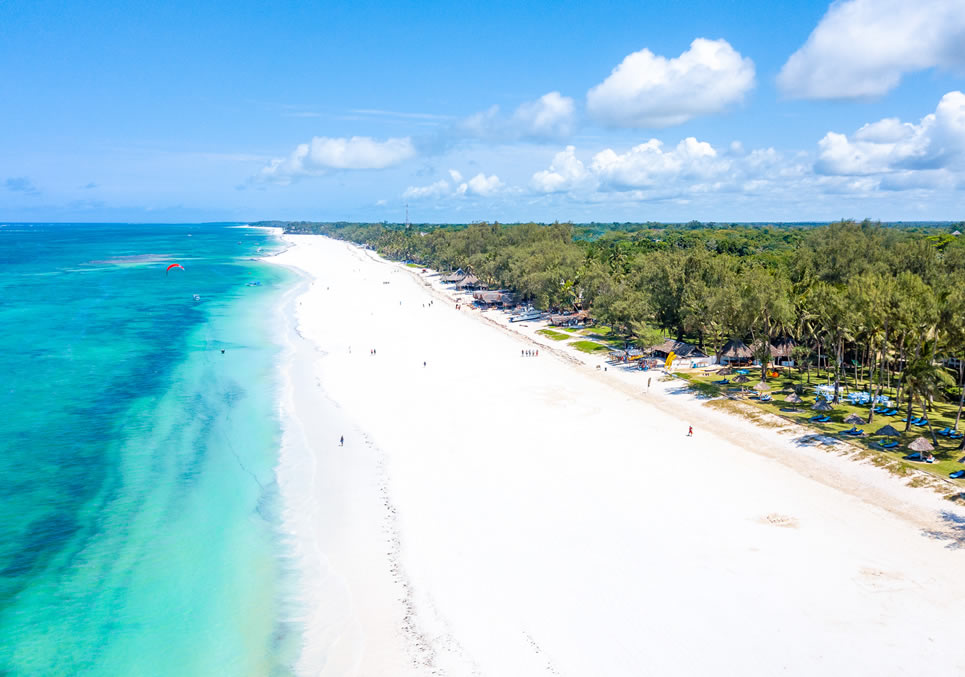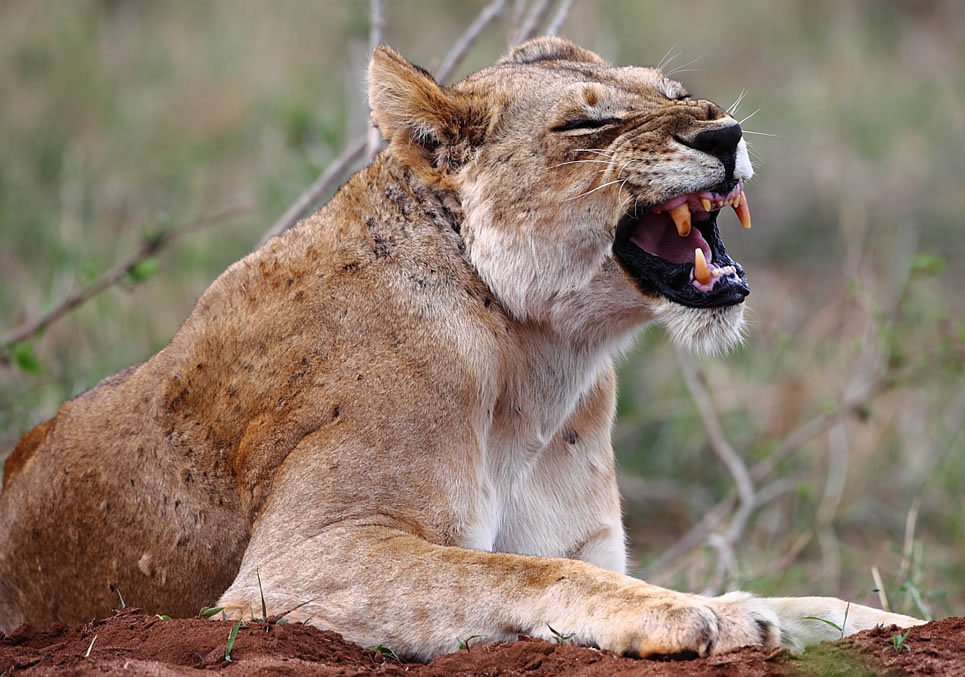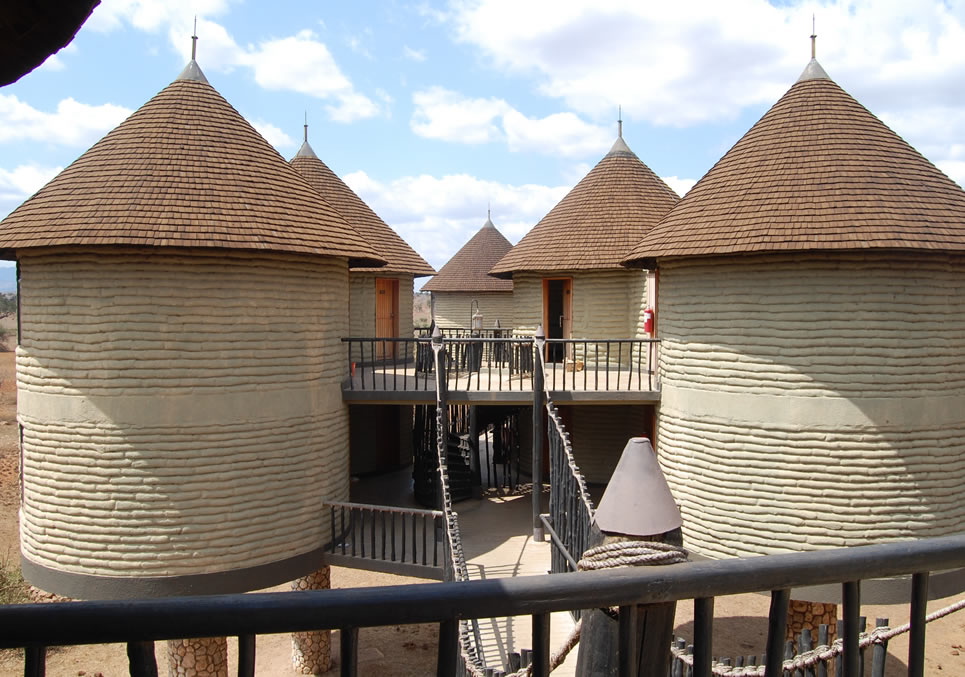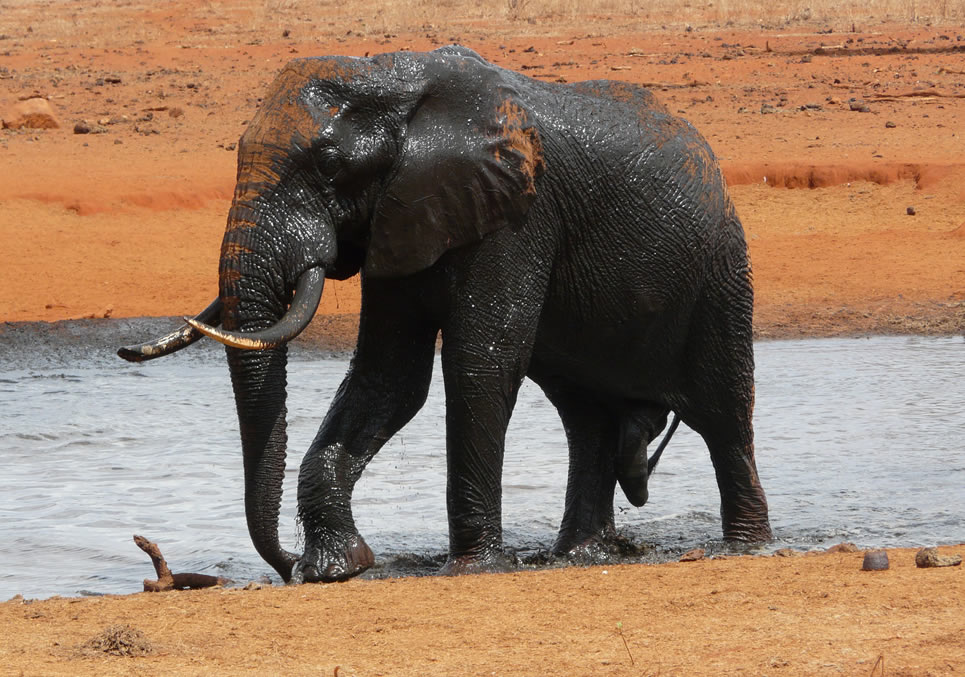- Safari Route

Day 1: Mombasa – Tsavo West
Depart Mombasa for Tsavo West through the Mombasa Nairobi Highway. Enter Tsavo West through Tsavo River gate and proceed on to a game viewing along the palm ringed Tsavo River home for hippos and crocodiles. Lunch at Ngulia Safari Lodge. In the afternoon, visit Ngulia Rhino Sanctuary to search the rare black rhino. Dinner and overnight at Kilaguni Serena, Rhino Valley Lodge or similar.
Day 2: Tsavo West – Amboseli
Depart the Lodge after breakfast and proceed to the famous Mzima Springs where some 250 litres of water gush out of the Chyulu Lava flows everyday creating a scenic home to fat pods of hippos and crocodile infested pools. Drive out of Tsavo West on the Shetani lava flows to Amboseli National Park for lunch at Oltukai Lodge/Amboseli Serena Lodge.
Afternoon game drives on this magnificent park on the back drop of Mount Kilimanjaro in search for lions, cheetah, buffalo, rhino and elephant. Plenty of plains game will be seen. Dinner and overnight at Oltukai/Amboseli Serena lodge.


Day 3: Amboseli – Taita Hills (Saltlick)
After breakfast make drive en route exiting the park proceeding to Taita Hills for lunch and leisure. Afternoon game drive is made in the Taita Hills (Salt lick) Wildlife Sanctuary famous for its large numbers of the prides of lions. Also to be seen are the elephants, buffaloes, giraffe, impala, baboon, warthog and waterbuck. Dinner and overnight at Sarova Saltlick Safari Lodge.
Day 4: Saltlick – Mombasa
Early breakfast, make the final game drive as you exit the sanctuary before midday to have lunch at Lion Hill Camp/ Voi town. Proceed to Mombasa with afternoon arrival at your coastal hotel.

- PARKS VISITED
- ABOVE ITINERARY INCLUDES
- Melas(1 Night) 1x Breakfast, 2x Lunches, 1x Dinner
- Park Entrance Fees
- Accommodation
- Transport
- Transport,
- All Government taxes and levies
- Drive/guide in a Safari
- EXCLUDES
- Drinks at the lodges
- Masai Village fees
- Tips and things of personal nature
- Related Safaris
Each season offers unique experiences, and the best time to visit depends on individual preferences regarding weather, wildlife activity, and budget.
- High Season
- Time Period: July to October
Wildebeest Migration
One of the main attractions during this period is the Great Migration in the Maasai Mara, where millions of wildebeest, zebras, and other animals migrate from the Serengeti in Tanzania to the Maasai Mara in Kenya.
Weather
This period coincides with the dry season, making it ideal for wildlife viewing as animals gather around water sources.
Tourist Influx:
he influx of tourists is highest during this time
- Mid Season
- January to March, and November to December
Weather
The weather is generally dry from January to March, making it another good time for wildlife viewing. November and December are short rainy seasons, but the rains are typically less intense and shorter in duration.
Wildlife Viewing
Wildlife is still abundant, and many animals can be seen with fewer crowds compared to the high season
Tourist Influx
There is a moderate influx of tourists, and prices for accommodation and tours are slightly lower than in the high season.
- Low Season
- April to June
Weather
This period coincides with the long rainy season, which can make travel more challenging due to muddy roads and higher chances of rain during the day
Wildlife Viewing
While wildlife is still present, viewing can be more difficult due to thick vegetation and fewer animals congregating around water sources
Tourist Influx
The number of tourists is at its lowest, leading to significantly lower prices for accommodation and tours.
